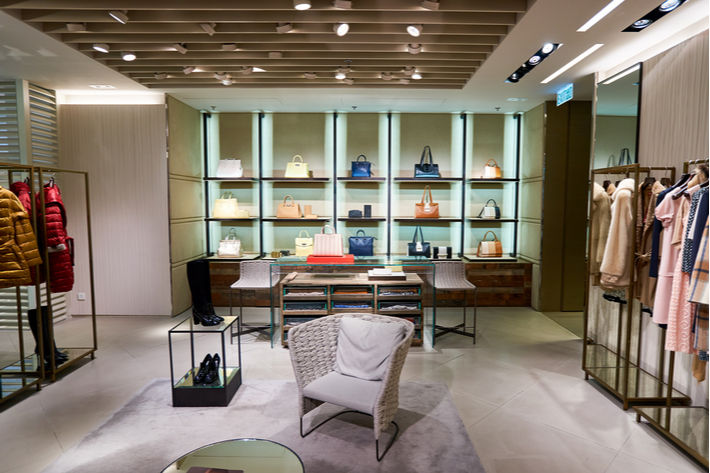
In an optimistic scenario, where the first half of 2022 growth path continues throughout the entire year, the market would reach around €320-330 billion by the end of 2022, growing by 10-15 per cent over 2021.
In a slower-pace scenario, which projects a potentially reduced growth pace due to a slower recovery of mainland China and challenged spending in mature markets caused by inflationary pressure and macroeconomic slowdown, the market will reach €305-320 billion by the end of 2022, growing by 5-10 per cent over 2021.
The market benefited from an exuberant 2021 holiday shopping season across regions, with a 7 per cent increase over the same period in 2019.
Additionally, China continued to see double-digit growth last year and Western markets experience sustained local demand. The United States, in particular, maintained momentum even after federal stimulus cheques ended, the company said in its Luxury 2022 Spring Update titled ‘Rerouting the Future’.
The study was released in collaboration with Fondazione Altagamma, the Italian luxury goods manufacturers’ industry foundation.
“Despite significant macro-economic challenges, including hyperinflation, slowing GDP [gross domestic product] growth and the Russia-Ukraine conflict, the personal luxury goods market proved resilient once again,” said Claudia D’Arpizio, a Bain & Company partner and lead author of the study.
“Luxury goods brands started this year showing especially strong growth while also playing a leading role in the world’s ongoing sustainable and digital transformation,” she was quoted as saying in a press release.
The personal luxury goods market experienced remarkable performance in the first quarter of 2022, growing by 17-19 per cent at current exchange rates (13-15 per cent at constant exchange rates) over the same period in 2021 for several reasons.
The impact of the Russia-Ukraine conflict has so far been restricted to local markets, showing limited consequences on global luxury customer sentiment and spending.
The US luxury market is experiencing unprecedented growth as luxury brands are unleashing the real power of diversity and inclusion, discovering the true potential of the entire American customer base, the study found.
Spending in China is crunched under strict COVID restrictions. However, the country showed strong momentum during the Chinese New Year and through March 2022 and its spending has been challenged by its strict COVID restrictions, which proved much more significant than its 2020 policies. Yet, local consumer appetite remains strong and will potentially lead the country to recover between in late 2022 to early 2023.
South Korea undergoes a profound transformation. The country has increased its size and cultural relevance, replacing touristic spending with local demand. Winning brands successfully reinvented their business model in the country to cater growing local demand and influence, the study found.
In addition to growth delivered by traditional luxury products, digital assets and the virtual world, the metaverse, social media and gaming, will play an increasingly relevant role in luxury brands’ value propositions.
By the end of 2030, digital assets and the metaverse will comprise 5-10 per cent of the global luxury market. Luxury brands have the opportunity to play a key role in shaping the virtual worlds on the rise, acting as creators and builders.
Tech disruption favours luxury brands that adopt an uber-channel approach, building a new intimacy with customers by leveraging new and evolved touchpoints, the study report noted.
Lack of clear sustainability standards, coupled with higher consumers’ demand of sustainable products and evolving sustainability topics, represent a call-to-action for luxury brands: out-innovate on sustainability to build a competitive advantage.
Fibre2Fashion News Desk (DS)